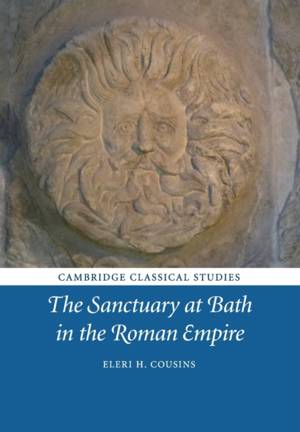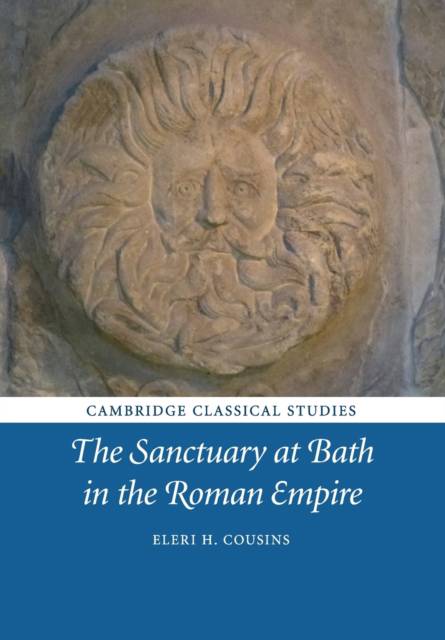
- Afhalen na 1 uur in een winkel met voorraad
- Gratis thuislevering in België vanaf € 30
- Ruim aanbod met 7 miljoen producten
- Afhalen na 1 uur in een winkel met voorraad
- Gratis thuislevering in België vanaf € 30
- Ruim aanbod met 7 miljoen producten
Zoeken
Omschrijving
The Roman sanctuary at Bath has long been used in scholarship as an example par excellence of religious and artistic syncretisms in Roman Britain. With its monumental temple, baths, and hot springs, its status as one of the most significant Roman sites in the province is unquestioned. But our academic narratives about Roman Bath are also rooted in the narratives of our more recent past. This book begins by exploring how Georgian and Victorian antiquaries developed our modern story of a healing sanctuary at Roman Bath. It shows that a curative function for the sanctuary is in fact unsupported by the archaeological evidence. It then retells the story of Roman Bath by focusing on three interlinked aspects: the entanglement of the sanctuary with Roman imperialism, the role of the hot springs in the lives of worshipers, and Bath's place within the wider world of the western Roman Empire.
Specificaties
Betrokkenen
- Auteur(s):
- Uitgeverij:
Inhoud
- Aantal bladzijden:
- 238
- Taal:
- Engels
- Reeks:
Eigenschappen
- Productcode (EAN):
- 9781108717458
- Verschijningsdatum:
- 23/03/2023
- Uitvoering:
- Paperback
- Formaat:
- Trade paperback (VS)
- Afmetingen:
- 170 mm x 244 mm
- Gewicht:
- 390 g

Alleen bij Standaard Boekhandel
+ 112 punten op je klantenkaart van Standaard Boekhandel
Beoordelingen
We publiceren alleen reviews die voldoen aan de voorwaarden voor reviews. Bekijk onze voorwaarden voor reviews.








